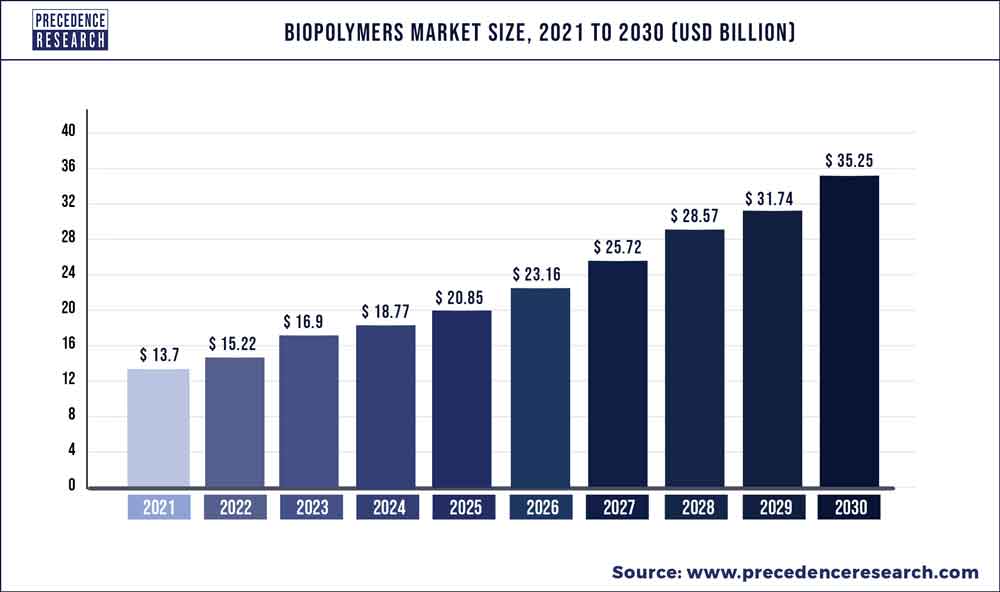Hospital Infection Therapeutics Market – Snapshot
Hospital-acquired infections are a highly prevalent adverse events in the health care industry. Presence of unhygienic conditions in and around hospitals along with improper sterilization techniques applied in these settings augments the prevalence of hospital-acquired infections in the low and middle income countries. The global hospital infection therapeutics market is characterized by increase in incidence of infections of resistance bacteria. The market is witnessing gradual rise in research and development activities to develop novel antibiotics, which are supported by government policies. Hence, the global hospital infection therapeutics market was valued at US$ 14.4 Bn in 2017 and is projected to expand at a significant CAGR of 2.4% from 2018 to 2026.
Get the sample copy of report@ https://qyresearchmedical.com/sample/111987
ncrease in the geriatric population which is more prone to hospital-acquired infections, significant patient population in developing countries demanding proper treatment, and investments by public and private players for R&D on anti-infective drugs against resistant bacteria are the major factors driving the global hospital infection therapeutics market. However, surge in the incidence of treatment-emergent resistance, significant investment required due to high attrition rate in clinical trials, and changing reimbursement policies are resulting in limited pipeline drugs. This is likely to restrain the global hospital infection therapeutics market during the forecast period. Investment in R&D on non-antibiotic treatment options and partnerships for co-development and commercialization of anti-infective agents are expected to fuel the growth of the global hospital infection therapeutics market.
In terms of therapeutics, the global hospital infection therapeutics market has been classified into anti-bacterial drugs, anti-fungal drugs, anti-viral drugs, and others. The others segment comprises drug classes such as anti-parasitic drugs. The anti-bacterial drugs segment has been divided into cell wall synthesis inhibitors, protein synthesis inhibitors, and others. The cell wall synthesis inhibitors sub-segment comprises cephalosporins, carbapenems, vancomycin, and others. The protein synthesis inhibitors sub-segment comprises aminoglycosides, linezolid, tigecycline, and others. The anti-fungal drugs segment has been categorized into Caspofungin, Amphotericin B, and others. The others sub-segment includes Triazoles, fluconazole, voriconazole, and others. The anti-bacterial drugs segment is projected to dominate the market during the forecast period owing to an increase in initiatives such as the Global Action Plan on Antimicrobial Resistance by WHO and Drive AB by Innovative Medicines Initiative, and presence of key companies such as Merck & Co., Inc. and Pfizer, Inc. engaged in the manufacture of anti-bacterial drugs. These initiatives are aimed at increasing research and development activities to overcome drug resistance. The relatively stable growth rate of the segment is attributed to increase in antibiotic resistance of bacteria and limited pipeline drug candidates. The anti-viral drugs segment is anticipated to register above average growth rate owing to rise in the prevalence of severe bloodstream infections and increase in focus on research and development to overcome the risk of virus structural mutations. Based on infection, the market has been divided into hospital acquired pneumonia, urinary tract infections, gastrointestinal disorders, bloodstream infections, surgical site infections, and other hospital infections. The hospital acquired pneumonia segment is likely to dominate the market during the forecast period with above average growth rate, followed by surgical site infections, due to increase in incidence rate of respiratory infections among the geriatric population, comparatively above average cost of therapy, and prevalence of multidrug-resistant micro-organisms in ICU units.
In terms of region, the global hospital infection therapeutics market has been segmented into North America, Europe, Asia Pacific, Latin America, and Middle East & Africa. Europe accounted for major share of 39% of the global market in terms of revenue in 2017. North America was another major market for hospital infection therapeutics in 2017. Relatively high cost of treatment compared to that in emerging countries, developed health care infrastructure, and larger reimbursement coverage which provides assured investment return for new market entrants contribute to the significant share of the two regions. However, high growth rate of the pharmaceutical industry in India and China and investment by global investors in China for development of novel treatment approaches for hospital-acquired infections are expected to propel the hospital infection therapeutics market in Asia Pacific.
Major players operating in the global hospital infection therapeutics market include Merck & Co., Inc., Pfizer, Inc., GlaxoSmithKline plc, AstraZeneca, Johnson & Johnson Services, Inc., F. Hoffmann-La Roche Ltd., Bayer AG, Allergan plc, Sanofi S.A., Gilead Sciences, Inc., Basilea Pharmaceutica Ltd., and Bristol-Myers Squibb Company.
The global hospital infection therapeutics market has been segmented as follows:
Therapeutics
- Anti-bacterial Drugs
- Anti-fungal Drugs
- Anti-viral Drugs
- Others
Infection
- Hospital Acquired Pneumonia
- Urinary Tract Infections
- Gastrointestinal Disorders
- Bloodstream Infections
- Surgical Site Infections
- Other Hospital Infections
Region
- North America
- U.S.
- Canada
- Europe
- U.K.
- Germany
- France
- Italy
- Spain
- Russia
- Rest of Europe
- Asia Pacific
- China
- India
- Japan
- Australia & New Zealand
- Rest of Asia Pacific
- Latin America
- Brazil
- Mexico
- Rest of Latin America
- Middle East & Africa
- GCC Countries
- South Africa
- Israel
- Rest of Middle East & Africa
Purchase Complete Report Now@ https://qyresearchmedical.com/report/checkout/111987/2900

